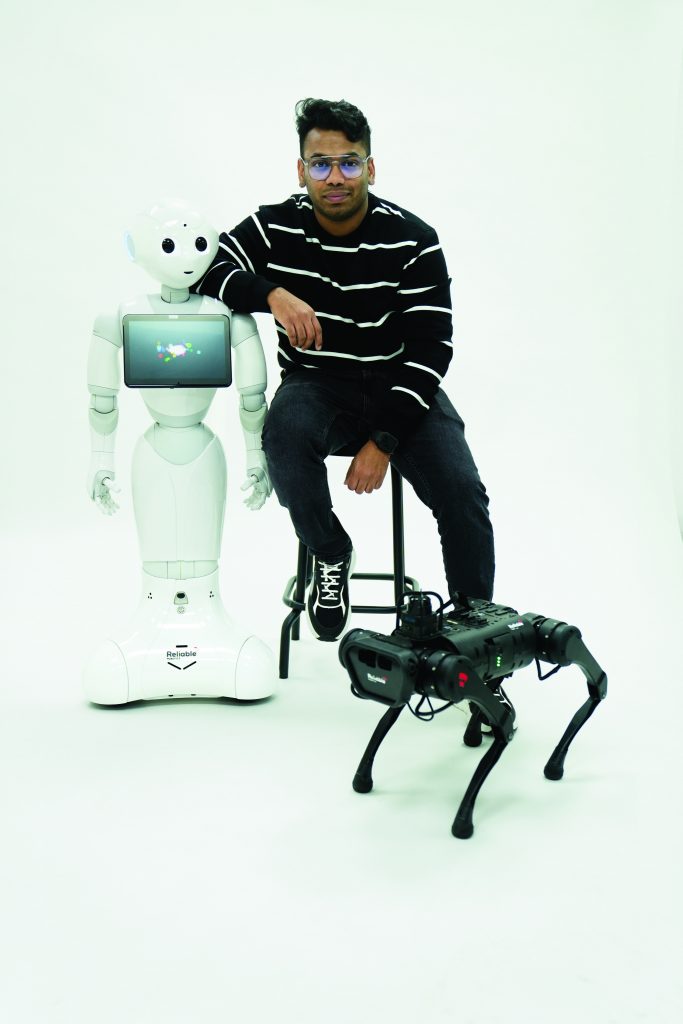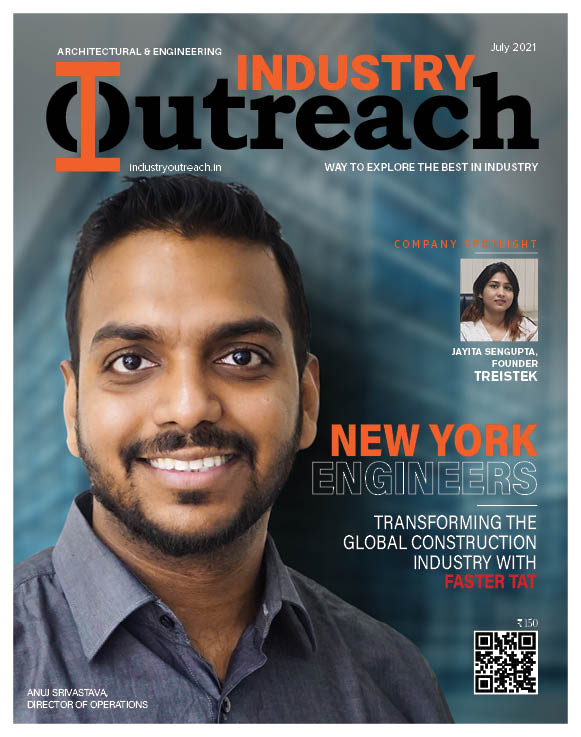The robotics and artificial intelligence (AI) industry has come a long way in the past decade and continues to be one of the fastest-growing and most exciting industries in the tech world. From smart robots that can perform tasks autonomously to cutting-edge AI algorithms that are transforming industries such as healthcare, finance, and entertainment, the impact of robotics and AI on our daily lives is growing at an unprecedented pace.

One of the key areas of innovation in the robotics and AI industry is in the field of autonomous robots. These robots are designed to perform tasks without human intervention, using a combination of machine learning algorithms and computer vision systems to navigate their environment and interact with the world around them. They are being used in a wide range of applications, from warehouse management and supply chain logistics to military operations and search and rescue missions.
Another area of innovation in the robotics and AI industry is in the field of human-robot interaction. With advancements in NLP and computer vision, robots are now able to understand and respond to human language and gestures in real-time, enabling them to interact with people in new and exciting ways. This has led to the development of new applications, such as personal robots for the home, customer service robots for businesses, and social robots for use in healthcare and education.
Another noteworthy area of innovation in the robotics and AI industry is in the field of machine learning and deep learning. These advanced algorithms are being used to develop robots that can learn from experience and improve their performance over time, without being explicitly programmed. This is enabling robots to perform a wide range of tasks, such as recognizing objects and images, making predictions, and even playing games.
One of the most remarkable examples of this is OpenAI's GPT-3 language model, commonly known as ChatGPT. It is capable of generating human-like responses to a wide range of topics, from answering factual questions to generating creative writing and poetry. This opens up new possibilities for the use of AI in industries such as customer service, journalism, and education.
Despite the many advances in the robotics and AI industry, there are also several challenges that need to be addressed. One major challenge is ensuring the safety of robots, especially when they are interacting with humans. Another challenge is ensuring that robots are affordable and accessible to a wider range of people, so that they can be used to improve people's lives and solve real-world problems. Additionally, there is a need to develop ethical and legal frameworks to govern the use of robots and AI, to ensure that they are used in ways that are beneficial to society as a whole.
In conclusion, the robotics and AI industry is a rapidly evolving and exciting space, filled with cutting-edge innovations and pioneering concepts. As robotics and AI continue to mature and become more sophisticated, they are poised to bring about significant changes in the way we live and work. However, it is important to address the challenges posed by these technologies and ensure that they are used for the betterment of society. Whether it's developing safe and accessible robots for everyone or using AI to solve complex problems and improve people's lives, the future of the robotics and AI industry is bright and full of endless possibilities.








